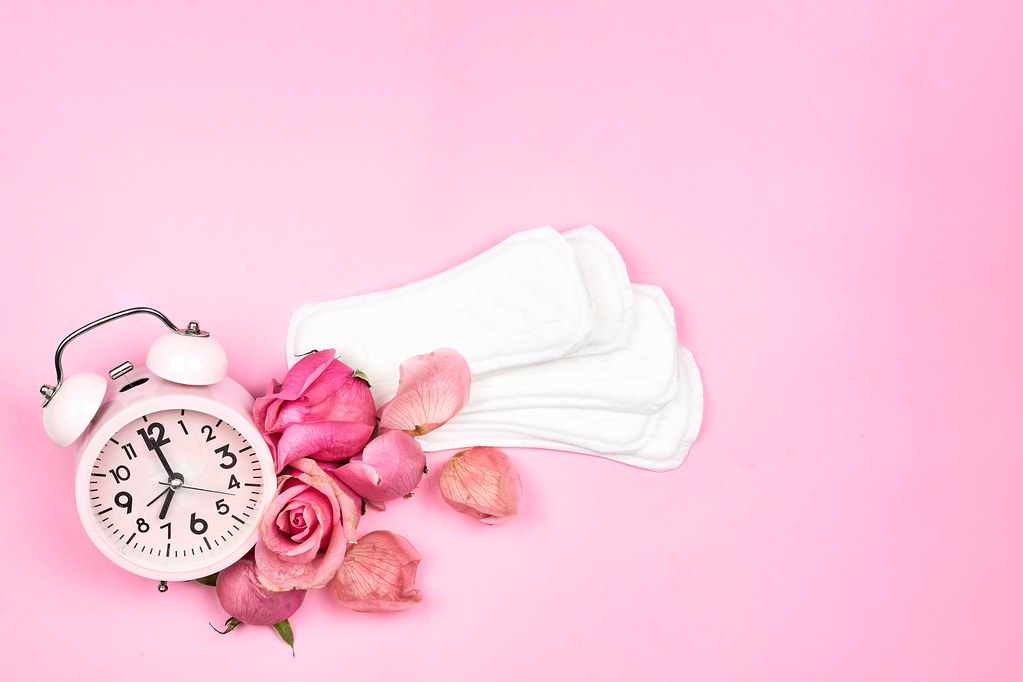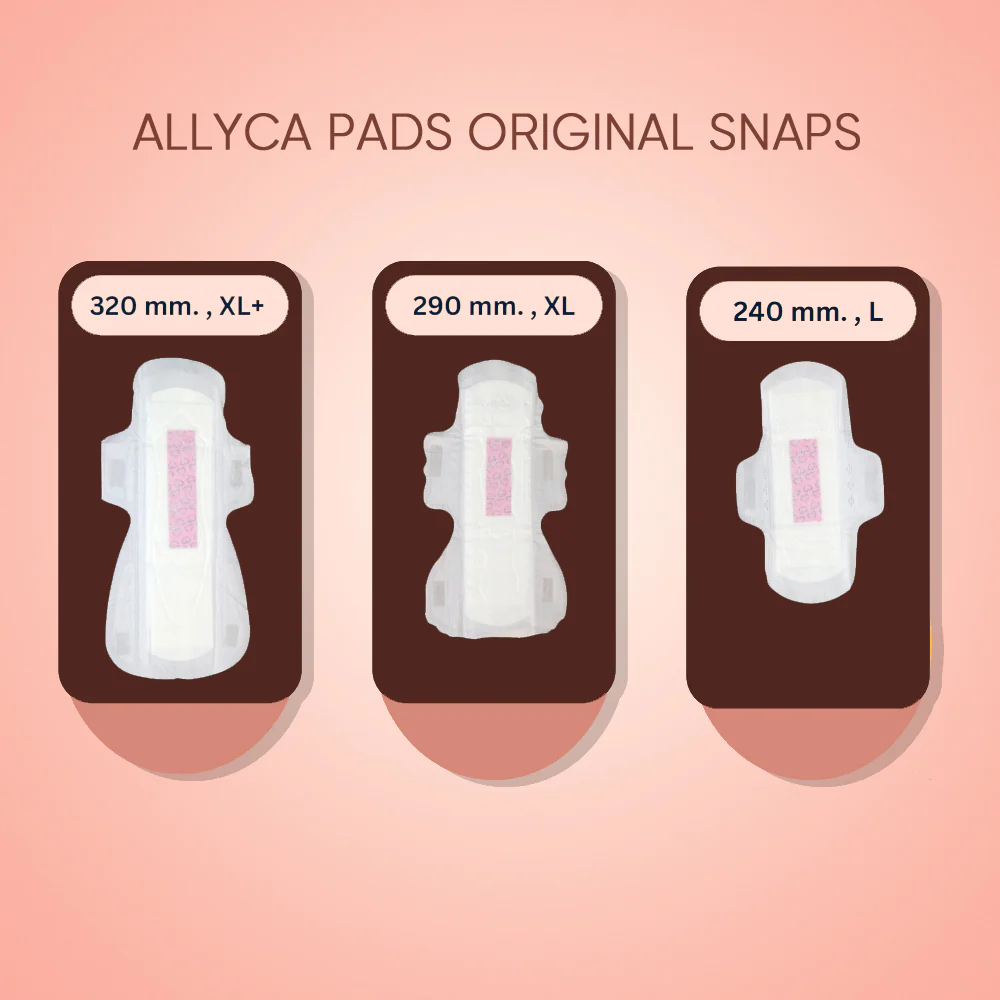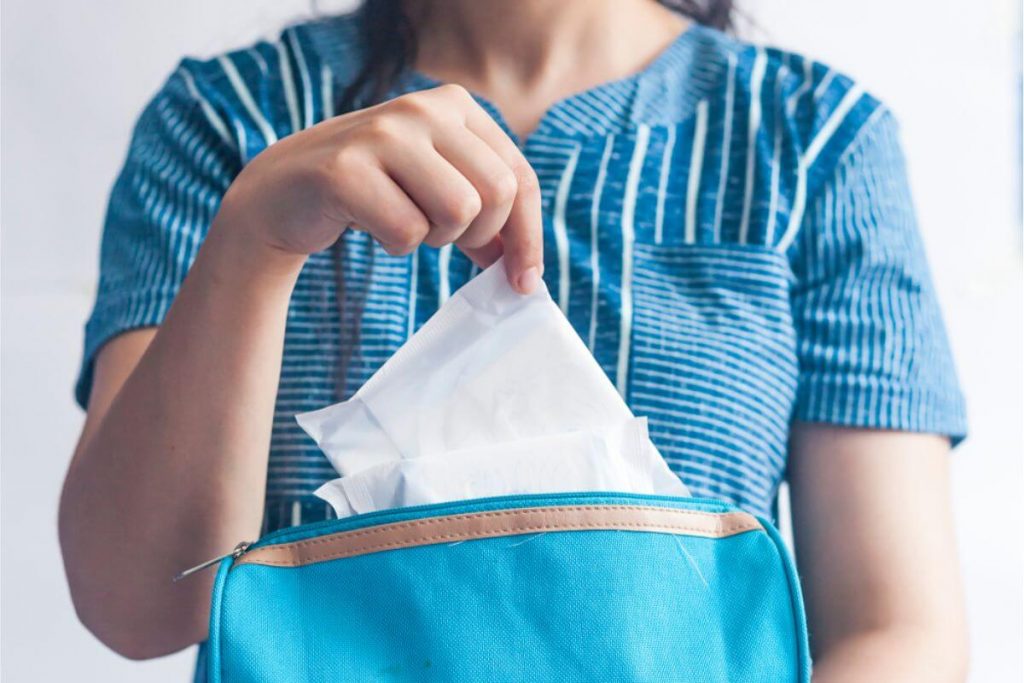In a world where discussions around menstrual hygiene are gaining momentum, it’s crucial to address not just the usage of sanitary pads but also their responsible disposal. Millions of women around the globe rely on sanitary pads as an essential part of their menstrual care routine. However, the environmental impact of improper disposal is a growing concern.
In this article, we delve into the importance of environmentally conscious sanitary pad disposal and provide a comprehensive guide on the various methods available. From understanding the materials used in sanitary pads to exploring eco-friendly alternatives and advocating for proper waste management practices, we aim to empower individuals to make informed choices that not only prioritize personal hygiene but also contribute to a sustainable future.
Contents
What Are Sanitary Pads?

Now that you have a basic understanding of what sanitary pads are, let’s dive a little deeper into their composition and how they work.
A sanitary pad, also known as a sanitary napkin or menstrual pad, is a thin pad made of absorbent material that is worn in underwear during menstruation. Its primary function is to absorb menstrual fluid and keep you feeling dry and comfortable throughout your period.
Most sanitary pads available on the market are disposable, meaning they are intended for single use only. They are made from materials like cotton, cellulose, or synthetic fibers that have excellent absorbency properties. These materials trap and lock in menstrual fluid, preventing leaks and odors.
Reusable sanitary pads, on the other hand, are mostly cloth pads that can be washed, dried, and reused multiple times. They are an eco-friendly alternative to disposables and can be more cost-effective in the long run.
Sanitary pads come in various sizes and thicknesses to accommodate different flow levels and personal preferences. Some brands even offer specific options for day and night use. Selecting the right type of sanitary pad is crucial to ensuring maximum comfort and protection during your period.
Types of Sanitary Pads

1. Disposable Sanitary Pads
Disposable sanitary pads are the most common type of sanitary pads available in the market. They are designed for single-use during menstruation. These pads are made from absorbent materials such as cotton, cellulose, or synthetic fibers. They come in various sizes, thicknesses, and absorbency levels to accommodate different flow intensities.
With their adhesive backing, disposable sanitary pads are easy to attach to the lining of your underwear, ensuring they stay in place during daily activities. Some pads also feature side leak protection or wings, which fold around the underwear and adhere underneath. This added feature provides extra protection from overflow and minimizes staining of the underwear. Extra-long sizes are also available for enhanced protection, especially during physical activities and sports.
2. Reusable Sanitary Pads
For those looking for more eco-friendly alternatives, reusable sanitary pads are becoming increasingly popular. Made from soft fabrics like organic cotton or bamboo, these pads are washable and can be reused multiple times. They are designed to provide comfort and are available in various sizes and absorbencies to suit individual needs.
Reusable pads are an excellent option for reducing waste and promoting sustainable menstrual care practices. These pads can be securely attached to the underwear and offer comfortable and reliable protection during your period. By choosing reusable pads, you not only contribute to the environment but also save money in the long run.
How to Choose the Right Sanitary Pads?
When it comes to choosing the right sanitary pad, there are a few factors that you should consider. From absorbency level to size and shape, each aspect plays a crucial role in ensuring comfort and protection during your period. Take the time to understand your body’s needs and preferences so that you can select the perfect sanitary pad for you. Here are some key points to keep in mind:
1. Absorbency Level
The absorbency level of a sanitary pad is one of the most important factors to consider. It determines how much menstrual flow the pad can handle without leakage. Sanitary pads usually come in different absorbency levels, ranging from light to heavy flow. It’s essential to choose a pad that matches your flow intensity to ensure maximum protection throughout the day. If your flow varies during different days of your period, you may need to have different absorbency levels on hand.
2. Size and Shape
The size and shape of a sanitary pad are crucial for both comfort and effectiveness. Pads come in various lengths and widths, with options like regular, long, or overnight. Choosing the right size depends on your body type, flow intensity, and personal preference. You may find that longer or overnight pads provide better coverage if you have a heavy flow or experience leakage during the night.
Additionally, consider the shape of the pad. Some pads have wings that wrap around the sides of your underwear, providing extra protection against leaks. Others may have a contoured shape to fit your body more comfortably. Experiment with different sizes and shapes to find the one that suits you best.
3. Material and Breathability
The material of a sanitary pad is another crucial aspect to consider. Look for pads made from soft, breathable materials that are gentle on your skin. Common materials used for pads include cotton, cellulose, or synthetic fibers. Choosing a pad with good breathability can help reduce the likelihood of irritation or discomfort.
If you’re concerned about potential exposure to harmful chemicals or want to minimize your environmental impact, consider eco-friendly options. Some pads are made without chemical additives, and some even use organic cotton. Check the label before purchasing to ensure the materials meet your requirements.
Common Myths About Sanitary Pads

With the ubiquity of sanitary pads, there are bound to be some misconceptions and myths surrounding them. Let’s debunk a few of the most common ones:
1. Sanitary pads are sterile/sanitized:
Contrary to popular belief, sanitary pads are not sterile or sanitized. While they may come in individual plastic packaging, this is primarily for hygiene purposes and convenience. The materials used in manufacturing sanitary pads are not typically treated to achieve sterility. Therefore, it’s essential to wash your hands before and after changing your pad to maintain proper hygiene during your menstrual cycle.
2. Sanitary pads cause discomfort:
Another myth is that sanitary pads are uncomfortable to wear. However, this can be easily addressed by choosing the right type of pad that suits your needs. Opt for pads that are the correct size and shape for you, ensuring a comfortable fit. Additionally, consider the thickness and breathability of the pad material to minimize any discomfort or irritation.
3. Sanitary pads are only for heavy flow:
While some may believe that sanitary pads are only suitable for heavy flow, the truth is that pads are available in different absorbency levels. Whether your flow is light, medium, or heavy, there are pads designed to provide the right level of protection. By selecting pads with the appropriate absorbency, you can feel confident knowing that leakage will be minimal, regardless of your flow.
4. Sanitary pads are harmful to the environment:
One common misconception is that disposable sanitary pads are harmful to the environment due to their synthetic or bleached materials. While it’s true that certain aspects of production and waste disposal can have an environmental impact, there are now eco-friendly options available. Reusable cloth pads and biodegradable disposable pads are becoming increasingly popular, offering a more sustainable choice for menstrual management.
5. Sanitary pads restrict physical activities:
Some people fear that wearing sanitary pads will limit their ability to participate in physical activities. However, modern sanitary pads are designed to be secure and flexible, allowing for freedom of movement. With the right pad and proper insertion, you can confidently engage in exercises, sports, and any other activities without worrying about leaks or discomfort.
Tips for Using Sanitary Pads
Using sanitary pads is relatively straightforward, but there are a few tips that can help ensure maximum comfort and effectiveness during your period. Here are some guidelines to keep in mind:
1. Choose the Right Type
Selecting the right type of sanitary pad is crucial for your comfort and protection. Consider factors such as length, thickness, and absorbency level. Opt for a pad that suits your flow and provides the coverage you need. For heavy flow days, choose pads with higher absorbency. On lighter days, you may prefer pads with lower absorbency for a more comfortable experience.
2. Follow Proper Placement
To use a pad, peel off the back wrapper and press the pad sticky-side-down into your underwear. If the pad has wings, wrap them around the sides of your panties to secure the pad in place. Proper placement ensures that the pad stays in position and provides optimal coverage throughout the day.
3. Change Regularly
It’s essential to change your sanitary pad regularly, especially on heavy flow days, to maintain good hygiene and prevent leaks. As a general guideline, aim to change your pad every 4-6 hours or whenever it becomes saturated. By keeping yourself clean and dry, you can minimize the risk of discomfort and potential infections.
4. Disposal
After use, it’s important to know how to dispose of your sanitary pad properly. Roll it up with the used side facing inwards, then wrap it tightly with the attached wrapper. Place the wrapped pad in a disposal bag or wrapper before disposing of it in a designated bin. Avoid flushing pads, as they can clog pipes and cause plumbing issues.
5. Extras for On-the-Go
For those on-the-go moments, it can be helpful to have some extra supplies with you. Carry a small pouch or a pocket-sized pack of pads in your bag or purse. This way, you’ll be prepared for unexpected changes or emergencies and can maintain your comfort and confidence wherever you go.
Conclusion
Now that you have a deeper understanding of what sanitary pads are and how they work, you can make informed choices about your menstrual hygiene. Remember that sanitary pads are thin absorbent pads that are worn in your underwear during your period. They come in disposable and reusable options, with disposable pads being made from materials like cotton, cellulose, or synthetic fibers.
To ensure maximum comfort and protection during your period, it’s important to select the right type of sanitary pad. Consider factors such as length, thickness, and absorbency level. This will help you find a pad that suits your needs and preferences.
In addition, here are some tips to enhance your experience with sanitary pads. Firstly, choose the right type of pad for your flow. Secondly, make sure to place the pad properly in your underwear to prevent leaks. Remember to change your pad regularly to maintain hygiene and prevent odor. Proper disposal of used pads is also essential for maintaining cleanliness. Lastly, it’s always a good idea to carry extra pads with you for on-the-go situations.
FAQs
1. What are sanitary pads?
Sanitary pads are absorbent products worn during menstruation to manage menstrual flow. They typically consist of layers with materials like cotton, wood pulp, and polymers for absorption.
2. What materials are used in sanitary pads?
Sanitary pads are made from a combination of materials, including a soft top layer (often cotton or synthetic), an absorbent core (wood pulp or polymers), and a moisture-proof back layer.
3. How should I dispose of sanitary pads?
Used sanitary pads should be securely wrapped in the provided wrapper or a disposal bag and placed in a designated trash bin. It’s crucial not to flush them down the toilet to prevent plumbing issues and environmental pollution.
I am a medical student with experience and interest in Women’s health and well-being.